Agals
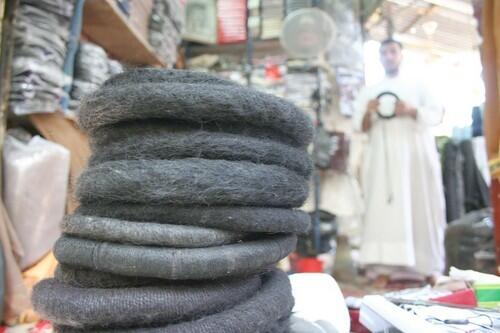
Ready to wear: A pile of freshly woven agals, or traditional Arab headpieces, waits for buyers at a market in the Iraqi city of Najaf. (Saad Fakhrildeen / For The Times)
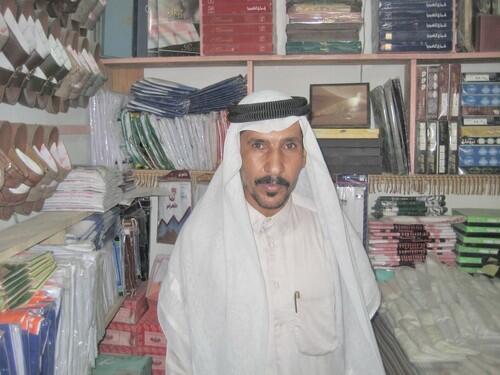
Abbas abu Adil shows off the goods for sale in his shop in the southern city of Basra. Adil says he can tell where a man is from just by looking at his agal. (Saad Fakhrildeen / For The Times)
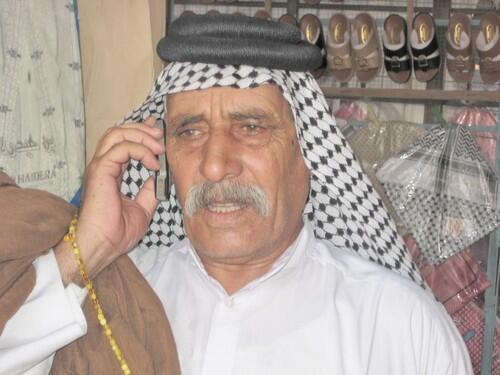
Nasser Abdullah conducts business while browsing at a menswear shop in Basra. Abdullah says he never goes out without his agal firmly in place. (Saad Fakhrildeen / For The Times)
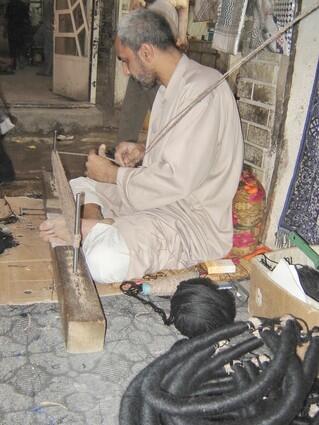
An Iraqi craftsman weaves an agal at his shop in Najaf. Most agals in Iraq are handmade, while those in other gulf countries tend to be machine-made. (Saad Fakhrildeen / For The Times)
Advertisement
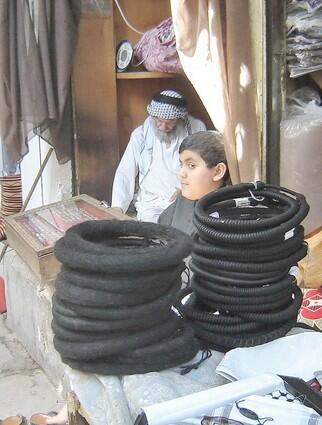
A boy waits for business at an agal shop in Najaf. Wearers say you can tell a man’s tribe, social class and sometimes even his mood by how he dons the traditional Arab headdress. (Saad Fakhrildeen / For The Times)
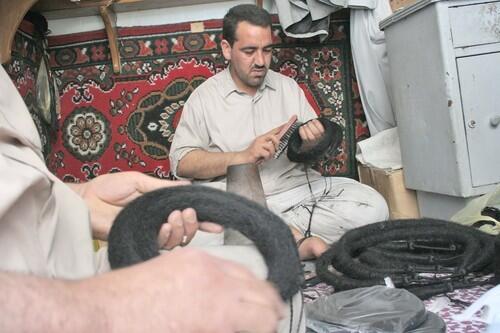
In Najaf, Iraqi craftsmen put the finishing touches on agals. (Saad Fakhrildeen / For The Times)
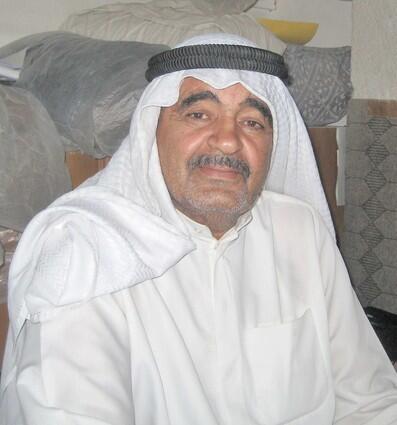
Nouri abu Ali in his favorite outfit: an all-white dishdasha along with a white headdress held in place with an intricately woven, double-layered black agal. Ali, a writer and teacher, grumbles that city dwellers look down on men who still wear the traditional agals. (Saad Fakhrildeen / For The Times)







